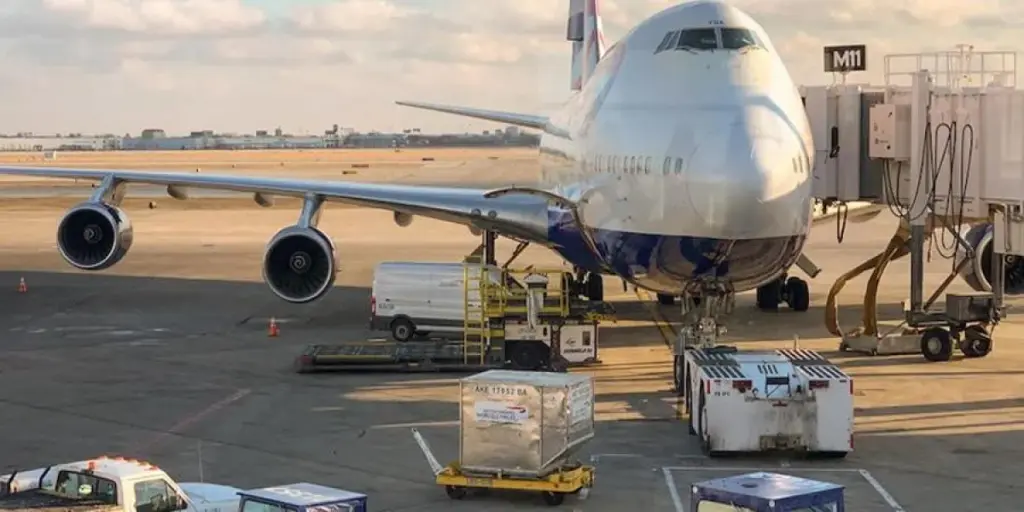Customs duties and taxes are vital for international trade, generating revenue for governments and shielding domestic industries from unfair foreign competition. However, taxes can burden small eCommerce businesses by raising import costs and discouraging cross-border transactions.
To alleviate this, governments offer tax exemptions for low-value imports when the cost of collecting duties outweighs the benefits for Customs authorities. The US De Minimis exemption is an example of such tax rules. It aims to encourage small and medium-sized eCommerce businesses by offering relief from duties and taxes for low-value items imported to the United States.
But what is the purpose of this tax exemption, and how does it affect eCommerce businesses? What is the value threshold for eligibility, and how can businesses claim this exemption? This blog will explore the answers to these questions and delve deeper into the impact of tariff and tax exemption on the world of international trade!
Table of Contents
What is the US De Minimis exemption?
What are the benefits of the US De Minimis exemption?
What are the limitations of the US De Minimis exemption?
How to claim the US De Minimis exemption?
The future direction of the US De Minimis exemption
What is the US De Minimis exemption?
The De Minimis exemption is a provision found in Section 321 of the Tariff Act of 1930, which serves to simplify the import process for low-value goods entering the United States. The term “De Minimis” originates from the Latin phrase meaning “about minimal things,” reflecting the idea that this exemption focuses on goods of relatively low value.
Under the De Minimis exemption, certain goods imported into the United States with a value below a specific threshold are exempt from duties and taxes. This threshold was initially set at USD 200 but was later increased to USD 800 with the passage of the Trade Facilitation and Trade Enforcement Act (TFTEA) in 2015.
The rationale behind this exemption is that the cost of collecting duties on low-value goods would likely be greater than the revenue generated from those duties, making the process inefficient from a monetary perspective.
What are the benefits of the US De Minimis exemption?
The US De Minimis exemption provides valuable advantages for small and mid-sized businesses, as well as consumers, by exempting low-value goods from import duties. Here are the three main advantages of this tax rule:
Simplified customs process
The De Minimis exemption, as a tax rule, benefits both the US Customs and Border Protection (CBP) and eCommerce businesses by reducing administrative burdens and promoting a more efficient customs process for low-value imports.
By exempting low-value shipments from duties, importers can skip a lot of paperwork and red tape, making the whole process more efficient and cost-effective. For example, an eCommerce business importing a USD 600 batch of clothing items would not have to deal with the complexities of duty calculation and declaration, nor be subject to an import bond requirement.
Boosted cross-border sales
Another notable benefit of the US De Minimis exemption is its boost to cross-border sales. A study on taxes in the cross-border supply chain suggests that removing import duties and taxes can significantly improve cross-border sales by reducing the overall cost for consumers.
The De Minimis exemption effectively removes most barriers to entry for small businesses and individuals who wish to engage in international trade. For example, an overseas small business owner selling handmade crafts might find it easier to expand their market to the United States (and vice versa) since the De Minimis exemption reduces the cost and complexity of importing their products.
Increased access to small items
The US De Minimis exemption not only helps increase sales and reduce customs paperwork but also makes it easier for consumers to access small items. This is especially helpful for items like samples or promotional products that may have a low price but could still be subject to duties.
Take, for example, a makeup enthusiast who wants to order a small sample kit from an overseas cosmetics brand. Thanks to the De Minimis exception, they can do so without worrying about extra import duties. This allows consumers to discover and experiment with new products from international sellers without being weighed down by the added costs of import duties and taxes.
What are the limitations of the US De Minimis exemption?
While the US De Minimis exemption offers numerous benefits, such as stimulating international sales, supporting small businesses, and reducing paperwork burdens, it is essential to consider some of its limitations. Here are three key downsides of this tax rule:
Inconsistency in global thresholds
One drawback of the US De Minimis exemption is the inconsistency in global thresholds, which can create confusion for importers and exporters. With the United States setting its threshold at USD 800, Australia at AUD 1,000 (around USD 680), and Canada at a much lower USD 20, the disparities in tax exemptions across different countries can lead to challenges in navigating international trade.
Moreover, some countries within the European Union have chosen to discard the De Minimis exemption altogether, further complicating the customs procedures for eCommerce businesses. This inconsistency in global thresholds highlights the need for greater harmonization and clarity in international trade regulations to facilitate smoother transactions and minimize confusion.
Supply chain inefficiencies
While the exemption aims to facilitate international trade and reduce costs for businesses and consumers, it may unintentionally lead to a lack of consolidation in shipping. Some eCommerce businesses might opt to send smaller, more frequent packages to benefit from the tax break (to the extent the respective importing country laws/regulations permit), rather than consolidating their shipments into larger, less frequent deliveries.
This practice can result in higher costs for shipping, as carriers need to handle a greater number of individual parcels, leading to increased operational expenses. Moreover, the influx of smaller packages can also cause a backlog of goods at warehouses and distribution centers, as they struggle to manage the higher volume of incoming shipments.
For example, a warehouse receiving numerous small shipments of electronic components from various suppliers may face challenges in sorting, storing, and dispatching these items efficiently, leading to potential delays in fulfilling customer orders.
Only one tax-exempt import per day
Another consideration of the US De Minimis exception is the limitation imposed by Section 321 of the Tariff Act, which restricts one importer to making only one tax-exempt import per day. This rule has been put in place to prevent eCommerce merchants from abusing the tax rule by dividing their shipments into multiple smaller packages to avoid taxes and duties.
For example, a business importing multiple items worth more than the USD 800 threshold might be tempted to split their shipment into several smaller parcels to benefit from the exemption. However, doing so could be considered fraud and lead to penalties, as importers are bound by the one tax-exempt import per day rule.
How to claim the US De Minimis exemption?
Claiming the US De Minimis exemption for items valued at less than USD 800 is not an automatic process. To benefit from duty and tax-free clearance, proper shipping documentation must be presented to the U.S. Customs and Border Protection (CBP) when shipments are cleared, even though no formal entry is required.
First and foremost, the shipment’s value should be accurately declared and supported by the commercial invoice accompanying the goods. Understating or misrepresenting the value of the shipment can lead to penalties and delays in clearing customs. Therefore, it is crucial to provide a truthful and precise declaration of the shipment’s value.
In addition to the commercial invoice, importers or the customs broker acting on their behalf should present the original bill of lading, the bill of sale, and any other certificates, as required by CBP. These documents serve as proof of the shipment’s origin, ownership, and value, helping Customs officials verify the eligibility of the items for the De Minimis exemption.
The future direction of the US De Minimis exemption
The US De Minimis exemption assists the US government in reducing customs workload expenses and increasing cross-border sales. However, domestic retailers have expressed concerns about an influx of low-value imports entering the United States. This is because they fear it could lead to unfair competition between them and international suppliers.

This issue is further complicated by the lack of reciprocity in bilateral agreements, with the US maintaining a higher threshold of USD 800, while trading partners like Canada and Mexico offer significantly lower thresholds. Consequently, the United States might lower the threshold to match those of its trading partners, even though the Trade Facilitation and Trade Enforcement Act of 2015 previously supported an upward shift of the threshold.
The ongoing China-US trade tension also raises the possibility of excluding Chinese imports from the De Minimis exemption, adding another layer of complexity to this issue. Amid these challenges, the United States faces a dilemma in determining the optimal direction for the De Minimis threshold.
In conclusion, while the future of Section 321 exemption remains uncertain, the movement of the threshold level will likely depend on the reciprocal stance of trading partners. Want to stay up-to-date on changing trade policies and their potential effects on import tax regulations? Check out this in-depth article on US import customs clearance!

Looking for a logistics solution with competitive pricing, full visibility, and readily accessible customer support? Check out the Alibaba.com Logistics Marketplace today.




